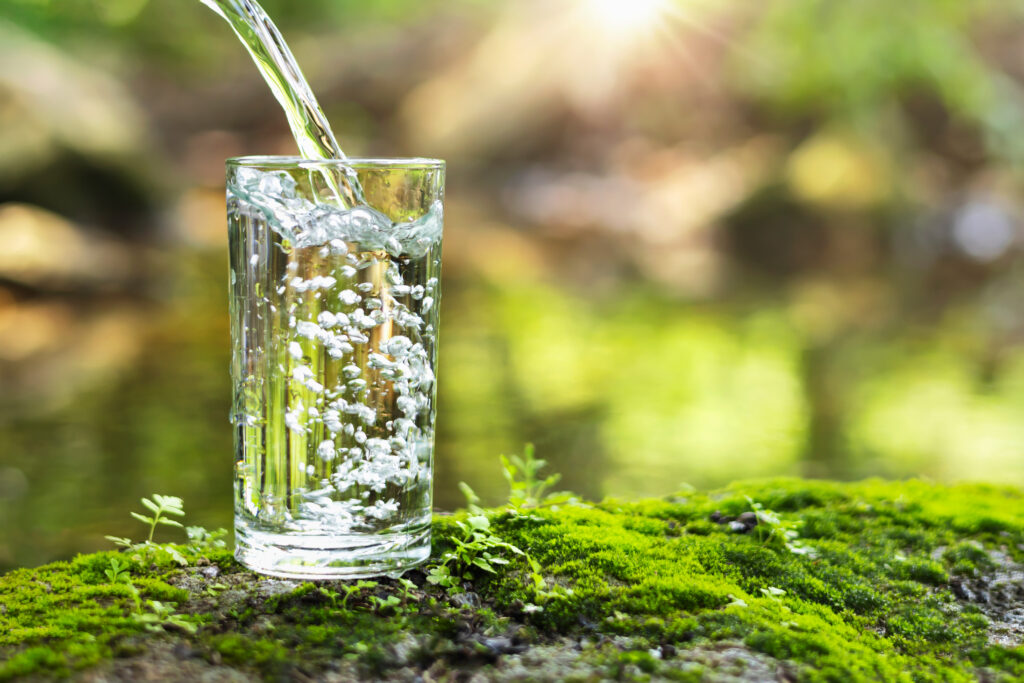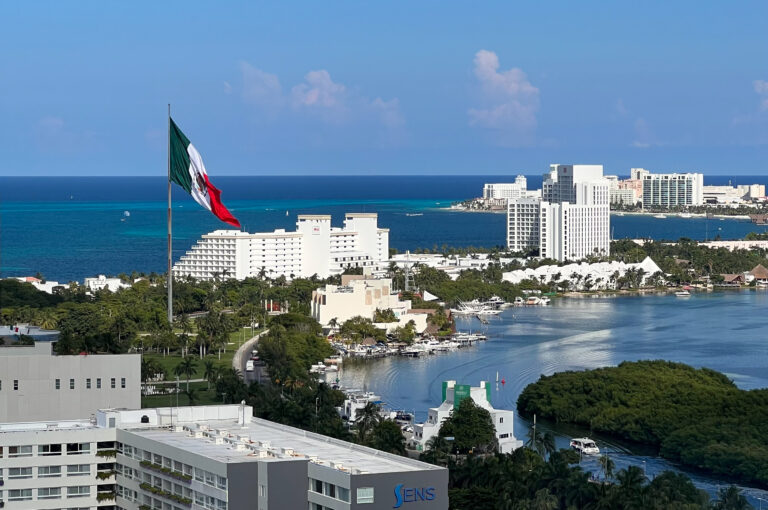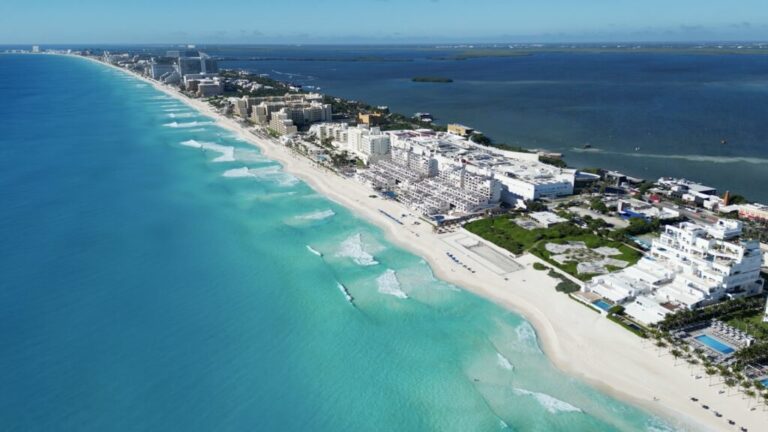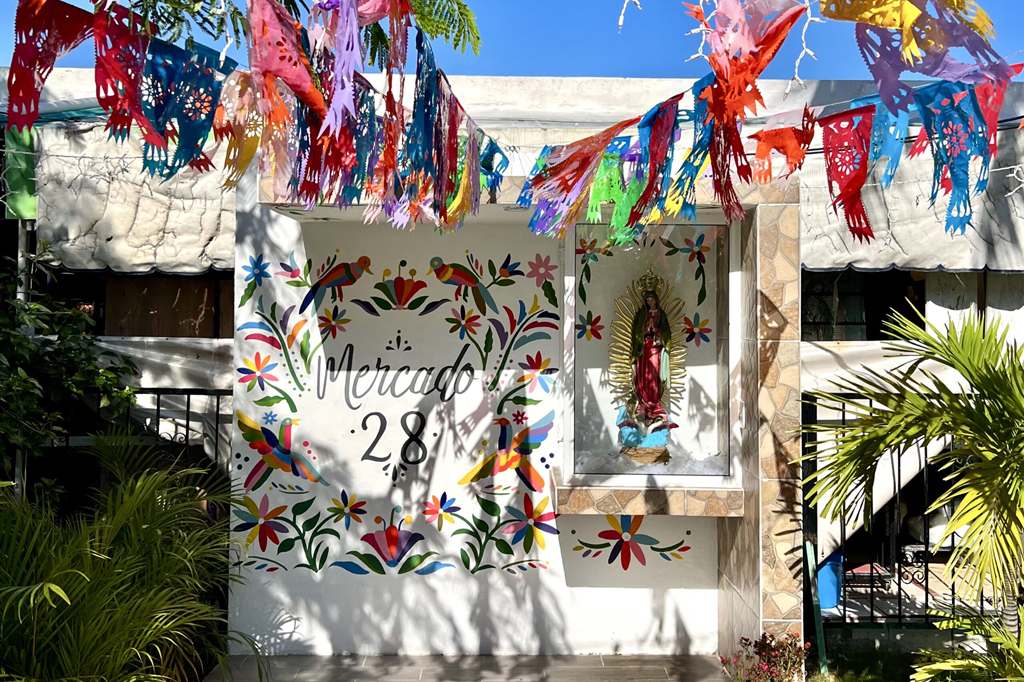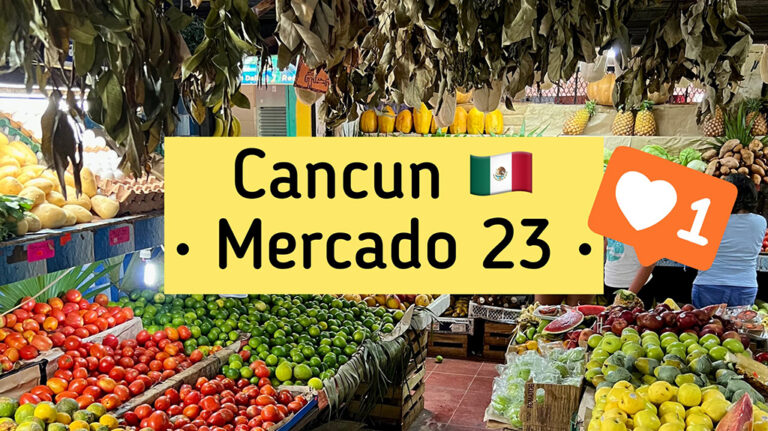Imagine you’re planning a vacation at the beautiful beaches of Cancun, Mexico. You’ve packed your sunscreen, your swimsuit, and, of course, a reusable water bottle to stay hydrated in the tropical heat. But, have you ever stopped to think about where that water comes from and whether it’s safe to drink? This question, though simple, is essential, especially when you’re in a place like Cancun, where the drinking water quality might not be what you expect.
Cancun, known for its stunning turquoise waters and vibrant nightlife, is also a rapidly growing urban area. As more people flock to this coastal paradise, the demand for clean water increases. But with this growth comes challenges, especially for maintaining the water quality that residents and tourists alike rely on.
In a relatively recent study, researchers set out to evaluate the quality of drinking water in Cancun. Their findings shed light on the complex journey water takes from its source to your tap, and how this journey can sometimes lead to unexpected contamination.
The Journey of Drinking Water in Cancun
Let’s start at the beginning: the source of the water. In Cancun, groundwater is the primary source of drinking water. The problem is that the water comes from an underground source that’s really easy to contaminate. The whole Yucatan Peninsula is basically one big limestone rock full of holes and cracks. That means when it rains, the water goes straight down into the ground, and it can pick up pollution along the way.
There aren’t even any rivers or streams around because the water disappears so quickly. So basically, there’s a ton of pressure on the water supply in Quintana Roo, and it’s not the easiest water to keep clean in the first place. This water is naturally filtered as it percolates through layers of soil and rock, emerging relatively clean. However, once it enters the distribution system—composed of pipes, pumps, and storage tanks—things can get a bit tricky.
The researchers in this study focused on the entire water distribution process, from the moment water leaves the treatment plant to the moment it flows into your glass. They conducted a series of tests, looking at various aspects of water quality, including physicochemical properties, bacteriological content, and disinfection by-products like trihalomethanes (THMs).
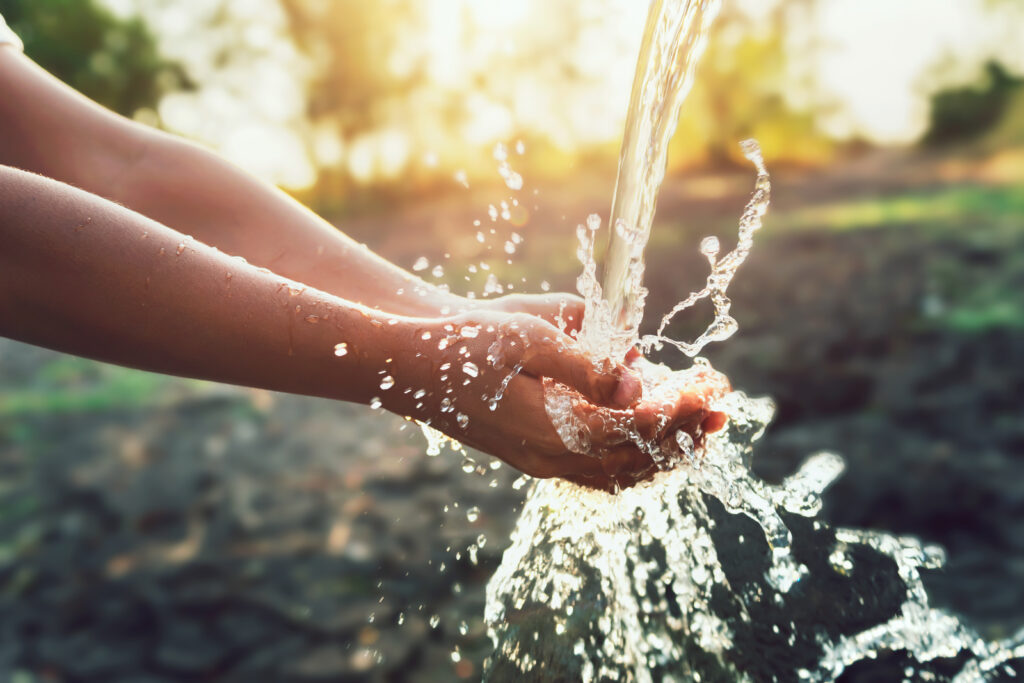
What’s in Your Water?
One of the key findings of the study was bacteria in certain parts of the distribution system. While most of the water samples met the necessary quality standards, some did not, particularly in areas where the infrastructure is older or less well-maintained. This is a concern because bacteria in drinking water can lead to illnesses, especially for people with weakened immune systems.
Another important aspect the researchers examined was trihalomethanes. THMs are chemical compounds that can form when chlorine, used to disinfect water, reacts with organic matter. While chlorine is crucial for killing harmful bacteria, the by-products it creates can be harmful if present in high concentrations. The study found that while THM levels in Cancun’s water were generally within safe limits, there were some areas where the levels were higher than recommended.
The Problem of Recontamination
Even if the water leaving the treatment plant is clean, it can pick up contaminants along the way. This is especially true in parts of Cancun where urban development has outpaced the expansion of water infrastructure. In these areas, known as irregular settlements, the risk of recontamination is higher. This is because the water pipes in these areas may be older, more prone to leaks, or even connected illegally, which can allow contaminants to enter the system.
The study highlighted that in some neighborhoods, the water arriving at people’s homes was not as clean as it should be. This is a particular concern in communities where residents may store water in containers for later use. Improperly cleaned containers, or water sitting too long, can become bacteria breeding grounds.
Why Does It Matter?
So, why should you care about the water quality in Cancun? For one, if you’re visiting, you want to make sure that the water you’re drinking is safe. While bottled water is widely available, many people prefer to use tap water for things like brushing their teeth, making coffee, or filling up a reusable bottle. Knowing that the water is safe can give you peace of mind.
But it’s not just about individual health. Water quality is also a crucial issue for the environment and for the long-term sustainability of Cancun as a tourist destination. Poor water quality can lead to environmental degradation, affecting not just humans but also the unique ecosystems that make this region so special.
Seasonal and Location-Specific Variations
The safety of Cancun’s tap water can vary depending on several factors, such as your location within the city, the season, and even the condition of the plumbing in the building where you’re staying.
- Location Matters: Newer developments, especially those closer to the wells in the northern part of Cancun, may have a lower risk of contamination. However, in older neighborhoods or areas farther from the water source, the risk can increase.
- Seasonal Considerations: During the rainy season, heavy rainfall can lead to increased runoff, which might carry more pollutants into the groundwater. This makes the water quality more variable and potentially less safe.
- Building Conditions: Even if the municipal water supply is treated, issues within individual buildings—like old plumbing or dirty water storage tanks—can compromise the safety of the water.
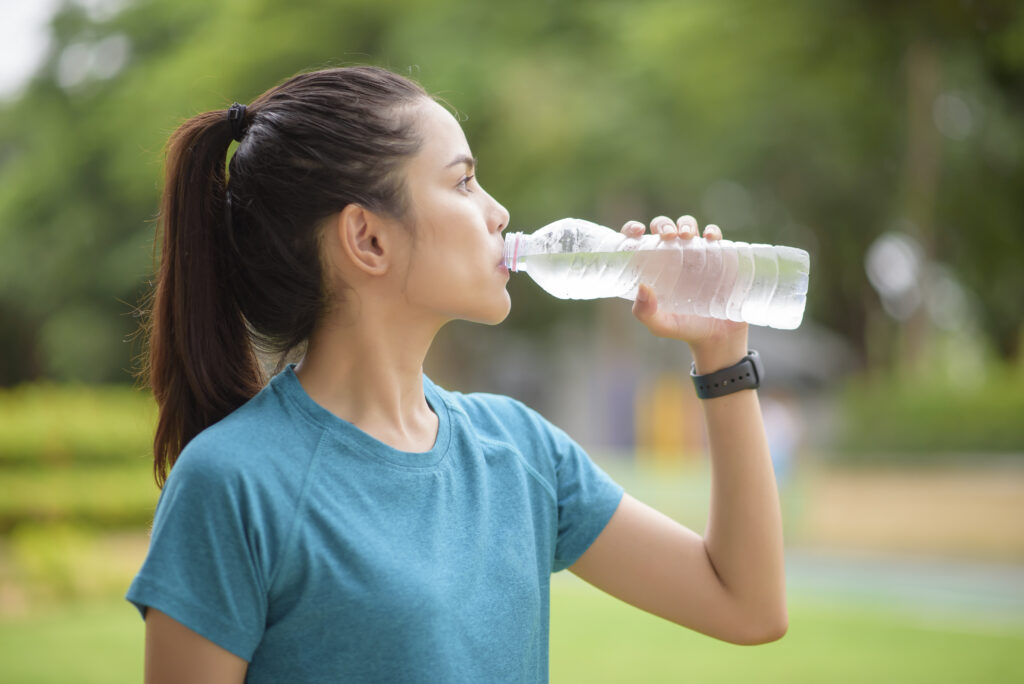
Practical Recommendations for Visitors
Given these complexities, the general consensus is that it’s better to play it safe. Here’s what you can do to minimize any risk:
- Stick to Bottled Water: For drinking and brushing your teeth, bottled water is your best bet. It’s widely available throughout Cancun, and most hotels and restaurants provide purified water for their guests.
- Be Cautious with Ice: While many establishments use purified water to make ice, it’s worth double-checking, especially in smaller, local spots.
- Use Purified Water for Cooking: If you’re staying in a rental and plan to cook, consider using purified water for rinsing fruits and vegetables or making coffee.
Our Personal Experience
Based on our personal experience living in Cancun for several years, we’ve found that tap water is generally safe for everyday use like showering, brushing teeth, and washing fruits and vegetables (with proper disinfectants, of course). We’ve never had any issues. However, we still opt for bottled water for drinking and making beverages like tea and coffee.
We usually purchase “garrafones,” which are large 5.2-gallon (20-liter) bottles. This is a common practice among locals as well. If you’re visiting Cancun for a short time, your hotel will probably provide bottled water. If not, it’s readily available at convenience stores like OXXO, Circle K, and 7-Eleven, which are plentiful in the Hotel Zone and downtown.
Our advice: Don’t stress too much about the tap water for basic hygiene and food preparation. However, if you have any health concerns or a sensitive stomach, it’s always best to err on the side of caution and use bottled water for everything, including brushing your teeth. It’s better to be safe than sorry and enjoy your vacation with peace of mind.
What Can Be Done?
The good news is that there are steps that can be taken to improve the situation. The researchers behind this study recommend several actions, including better monitoring of water quality, upgrading infrastructure in high-risk areas, and increasing public awareness about the importance of proper water storage practices.
For visitors to Cancun, this means paying attention to where your water comes from and how it’s stored. If you’re staying in a hotel, don’t hesitate to ask about the water quality and whether it’s safe to drink from the tap. If you’re renting a place, consider using a water filter or sticking to bottled water, especially if you’re in an area with known water quality issues.
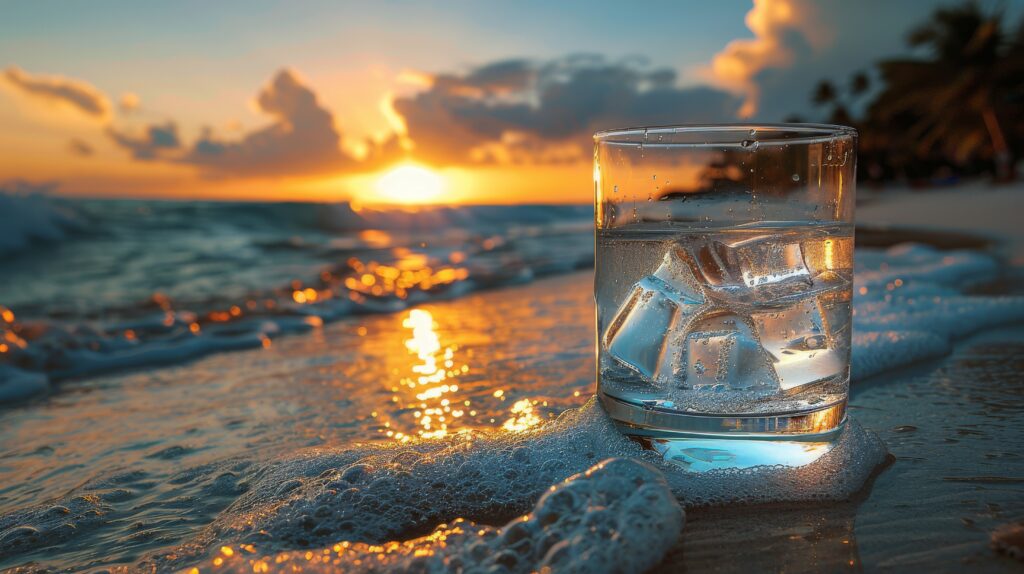
Staying Safe and Enjoying Your Trip
Traveling to Cancun should be all about relaxation and fun, not worrying about getting sick from the water. By being mindful of where your water comes from and taking a few simple precautions, you can stay hydrated and healthy during your stay.
Remember, while Cancun’s drinking water is generally treated and safe in many parts of the city, the region’s unique challenges mean that it’s always better to err on the side of caution. Stick to bottled or purified water, especially if you’re uncertain about the source. That way, you can focus on enjoying everything this beautiful destination offers—worry-free.
Conclusion
Cancun’s drinking water quality is a reflection of the challenges faced by many rapidly growing urban areas. While the water is generally safe, it is necessary to make improvements in certain areas to ensure that everyone—locals and tourists alike—has access to clean, safe drinking water..
So next time you take a sip of water in Cancun, remember the journey it took to get to you. And if you’re ever in doubt, it’s always better to play it safe and stick to bottled or filtered water. After all, staying hydrated should be the least of your worries when you’re enjoying the sun, sand, and surf in this tropical paradise.
And if Cancun’s on your travel radar, don’t miss our handy guide on getting from the airport to downtown or the Hotel Zone – we’ll help you navigate those first steps in paradise with ease!

